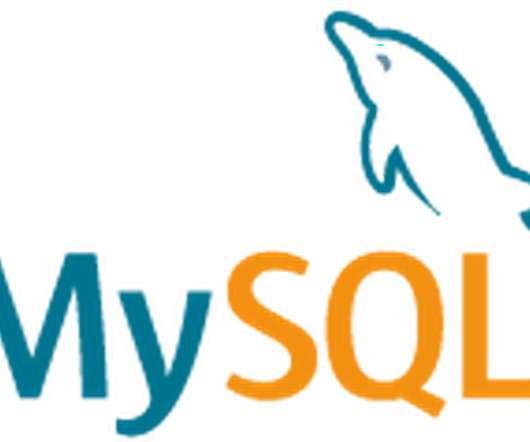Moving to Observability Driven Development
DZone
JULY 23, 2019
With all the benefits that microservices architecture and cloud-native and serverless applications bring, they also add a lot of complexity from an operations point of view. To successfully support and manage these applications, it has become very important to have full visibility into these distributed applications. Application monitoring practices as we currently use the are no longer sufficient.












Let's personalize your content